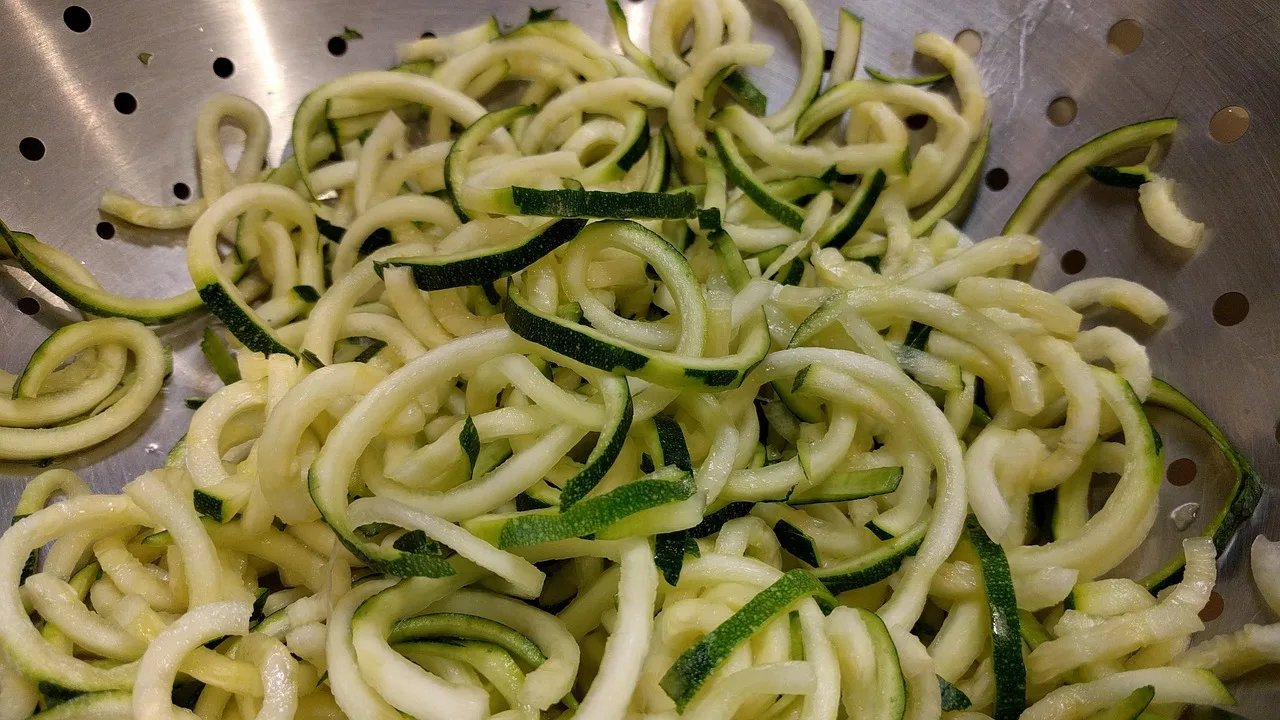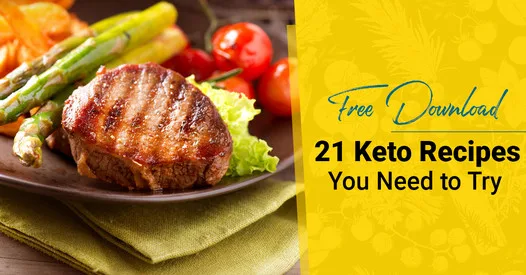You’ve probably heard plenty about the ketogenic diet, with its focus on high-fat and low-carb intake, as touted by fitness enthusiasts and health gurus alike. However, have you ever thought about how protein fits into this popular diet plan? This is where “Protein-heavy Meals in Keto Dieting” comes in, shedding light on the crucial role of protein-rich foods and how they can enhance the effectiveness of your keto journey. It’s time to go beyond the saturated fats and leafy greens, and give your ketogenic diet the protein-rich kick it needs!
The Basics of a Ketogenic Diet
Definition of a ketogenic diet
You might have heard of the keto diet – maybe you know someone who has tried it, or you might have seen some sorts of keto-friendly snacks in your local supermarket. So, what exactly is a keto diet? The ketogenic diet is a low carb, high fat diet that drastically reduces your carbohydrate intake and replaces it with fat. This dietary change puts your body into a metabolic state known as ketosis, where it efficiently burns fat for energy instead of carbohydrates.
The importance of macronutrient balance
While the ketogenic diet is primarily recognized by its high-fat, low-carb structure, individuals often overlook the importance of macronutrient balance. Macronutrients, or “macros,” includes carbohydrates, fats, and proteins, which are the basic components of every diet. Each plays a crucial role in your body’s function and overall health. In a ketogenic diet, the typical macronutrient ratio is around 70-75% fat, 20% protein, and only 5-10% carbs.
Principles of ketosis
The ultimate goal of a keto diet is to reach a state of ketosis. This is a metabolic state in which your body becomes incredibly efficient at burning fat for energy. It gets there by significantly reducing carbohydrate intake, and replacing it with fat. When this happens, your body becomes incredibly efficient at burning fat for energy and turns fat into ketones in the liver, which can supply energy for the brain.
Protein’s Role in a Ketogenic Diet
Importance of protein
Protein is a crucial macronutrient often overlooked in many keto diets. It is essential for various functions in your body, including building and repairing tissues, making enzymes, and aiding in immune function. Additionally, protein helps you to feel full, which can help curb appetite and aid in weight loss.
How the body uses protein in a ketogenic diet
In a keto diet, protein plays a particularly intriguing role. While carbohydrates are scarce, protein provides the necessary amino acids for gluconeogenesis – the process by which the body generates glucose for cells that cannot directly use fats for energy, such as red blood cells and a portion of the brain.
Correlation between protein and ketosis
While protein is an essential part of the keto diet, there’s a delicate balance to maintain. Too little and you risk losing muscle mass, but too much and you could knock your body out of ketosis. That’s because excess protein can be converted into glucose and since your body is used to burning carbs (in the form of glucose) for fuel, it may revert to this process if protein intake becomes too high, causing you to exit ketosis.
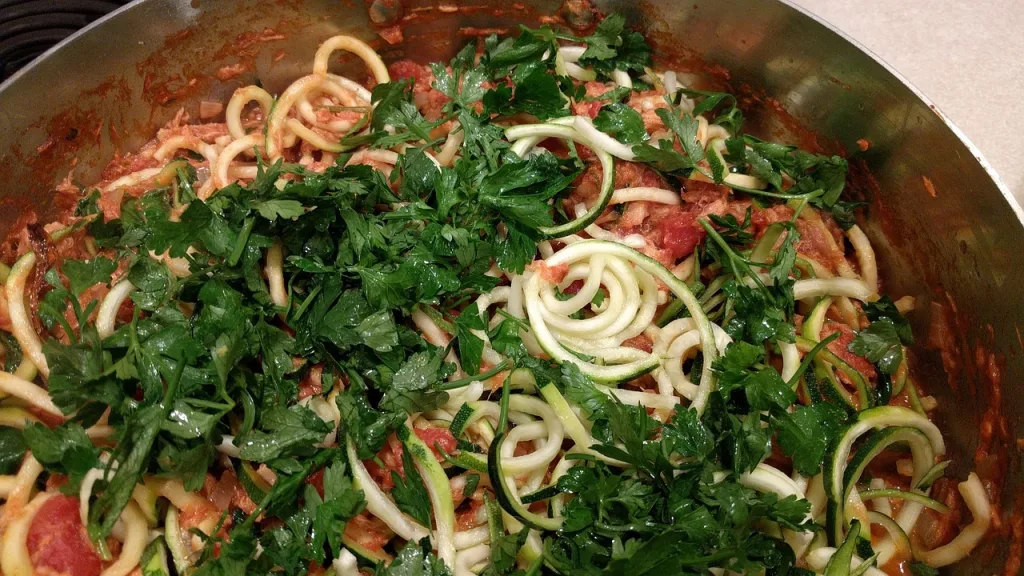
The Misconceptions About Protein in Keto Dieting
The fear of too much protein
Common misconceptions within the keto community propose that consuming too much protein will interfere with ketosis by turning amino acids into glucose, a process known as gluconeogenesis. While this is scientifically accurate, it usually only occurs when protein consumption is exceedingly high. Most individuals are unlikely to reach this level of protein consumption.
The effects of protein on ketosis
Protein does not affect ketosis as intensely as carbohydrates do. Although some amino acids can be converted to glucose, this is a demand-driven process, meaning it only happens when your body needs it. Therefore, a moderate intake of protein should not significantly hinder your ability to stay in ketosis.
Balancing protein and fat intakes
Striking the right balance between your protein and fat intake is key when you’re Following a ketogenic diet. While the diet does prioritize fats, protein should not be neglected. A good rule of thumb is to get most of your calories from fats, a sufficient amount from protein, and very few from carbohydrates.
Optimal Protein Intake in a Keto Diet
Figuring out the right amount of protein
Finding the right amount of protein to consume in your keto diet can be a bit tricky, but don’t worry, there are ways to determine an approximate amount. One approach is to consume 0.8 grams of protein per kilogram of your body weight daily. This amount can be increased if you are active or engaging in resistance or endurance training.
Nutritionists’ recommendations
Many nutritionists and health experts suggest that ideal protein intake not only depends on your body weight, but also on your gender, age, and activity level. They recommend consuming a range of 10% to 35% of your total daily calories from protein, depending on your specific needs and goals.
Adjusting protein levels with physical activity
Physical activity can have an impact on how much protein your body needs. Individuals who partake in vigorous exercise or who are trying to build muscle mass might need more protein in their diet than individuals who live a relatively sedentary lifestyle. Therefore, adjusting your protein intake based on your level of physical activity can be beneficial.
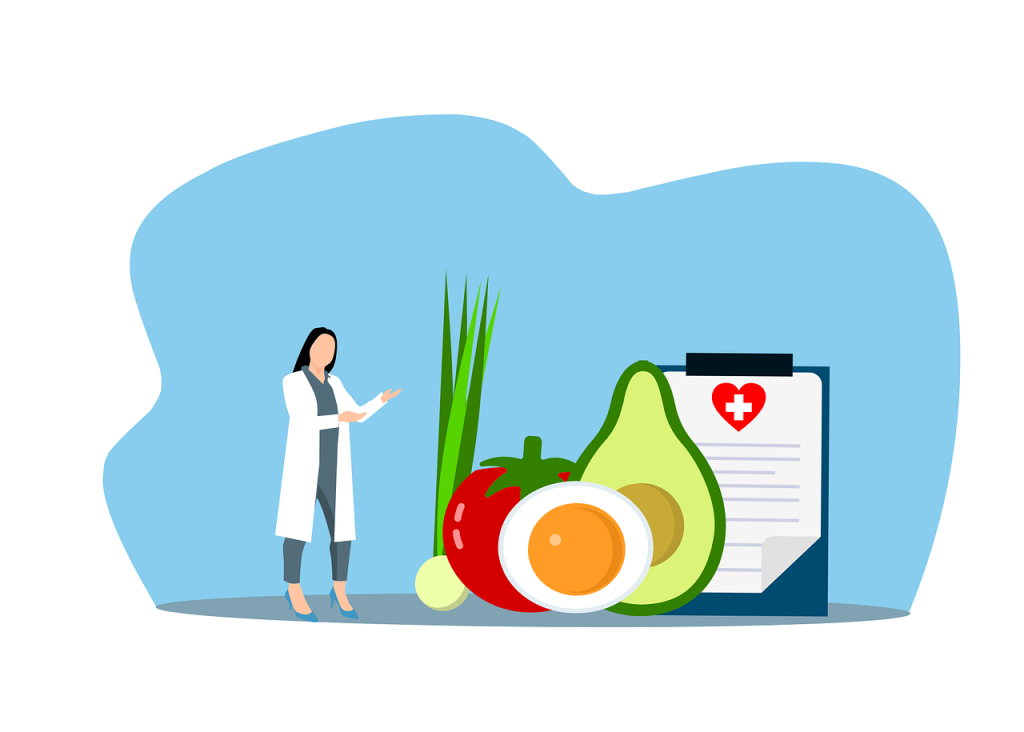
Types of Protein to Include in a Keto Diet
Animal sources of protein
If you’re following a ketogenic diet plan, animal proteins are often a staple. They include meat, fish, eggs, and dairy products. These foods not only provide protein, but they also contain vital nutrients such as vitamin B12, heme-iron, and DHA and EPA – two forms of omega-3 fats.
Plant-based sources of protein
For vegetarians or vegans interested in following a ketogenic diet, there are also plant-based proteins, including tempeh, tofu, seitan, and edamame. Nuts and seeds, such as almonds, sunflower seeds, and chia seeds, are also good sources of protein.
Processed vs. unprocessed sources
It’s crucial to note that not all protein sources are created equal. While some processed meats, such as salami and bacon, can fit into a ketogenic diet plan, they aren’t as beneficial as unprocessed options. In the long run, consuming too much processed meat can lead to potential health problems like heart disease and cancer.
High Protein Keto Meal Ideas
Breakfast options
Kick-starting your morning with a protein-rich breakfast can keep you feeling satisfied for longer. Some high-protein keto breakfast options include eggs scrambled with spinach and feta, or a protein smoothie made with almond milk, protein powder, and a handful of berries.
Lunch and dinner ideas
High-protein keto lunch and dinner ideas shouldn’t be complicated. You could have grilled chicken on a bed of mixed greens, or lamb chops with a side of roasted Brussels sprouts. If you’re vegetarian, a salad topped with a hearty helping of tofu or tempeh can be a great choice.
High protein snacks for keto dieters
When hunger strikes between meals, having high-protein snacks on hand can be a game-changer. Hard-boiled eggs, a handful of nuts or seeds, or a piece of cheese can give you the protein boost you need to hold you over till your next meal.
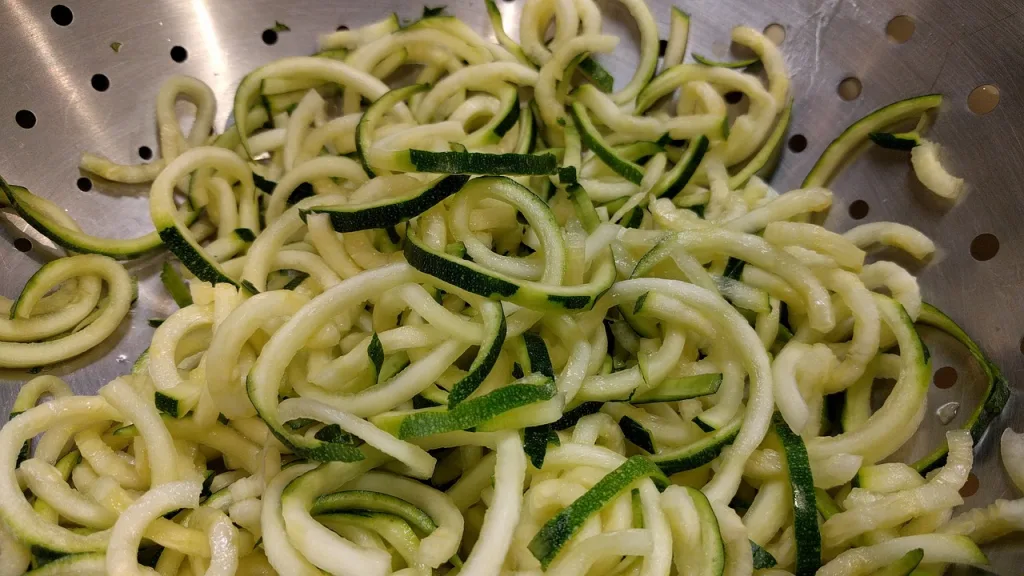
Potential Risks of Protein-Heavy Keto Diet
Possible health concerns
While a protein-dense diet can offer numerous health benefits, it also carries possible risks. Too much protein can put stress on your kidneys and may increase your risk of osteoporosis. Moreover, many high-protein foods are rich in saturated fats, which may result in increased levels of LDL (bad cholesterol) if not balanced with heart-healthy fats.
The importance of variety in diet
Variety in diet plays a significant role in meeting all the required micronutrients and avoiding deficiencies. A diet heavy in protein and fats, but low in fruits, vegetables, and whole grains, can lead to possible vitamin and mineral deficiencies.
Symptoms of excess protein intake
Excess protein intake might lead to symptoms like bad breath, constipation, or even more serious concerns like kidney damage over time. Consuming a balanced amount instead of an overly high level of protein is the key to maintaining a nutritious ketogenic diet.
Meal Timing and Frequency in Keto Dieting
Best time to consume protein
Although there’s no strict rule dictating when you should consume protein during your day, some studies suggest that eating protein during breakfast can help control your appetite and keep hunger at bay throughout the day. Including protein in each meal can help you reach your daily intake goals.
Frequency of protein-heavy meals
Ideally, you should try to spread your protein intake across your meals rather than consuming a majority of it in one sitting. Eating protein throughout the day allows your body to use it more efficiently and can help you stay satiated.
Impact of meal timing on ketosis
Meal timing in keto dieters tends to be less critical than in other dietary patterns because a well-formulated ketogenic diet naturally suppresses appetite. Nevertheless, it may still have an impact on your metabolism and even how quickly you enter the state of ketosis.
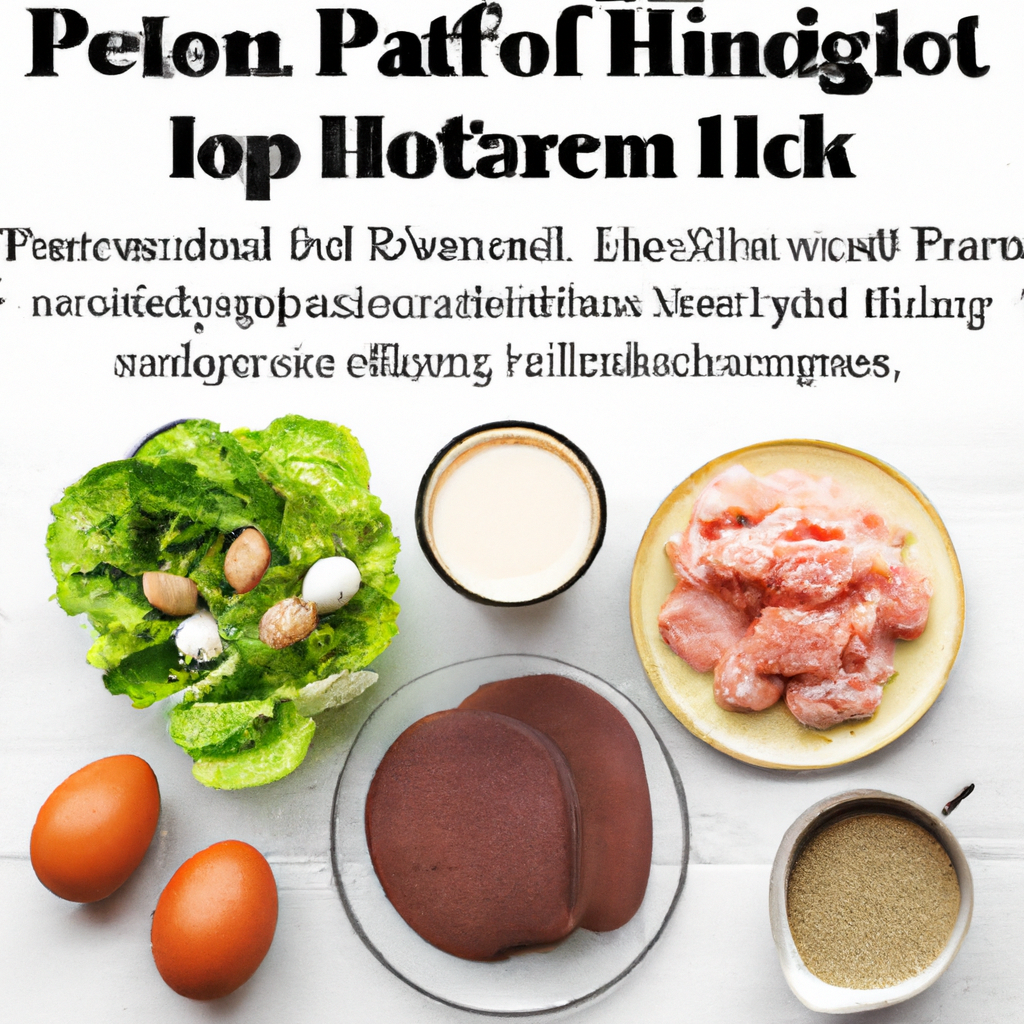
Transitioning to a Protein-Heavy Keto Diet
Steps to transition
Transitioning to a protein-heavy keto diet involves gradually increasing your protein intake while simultaneously reducing your consumption of carbohydrates. Start by introducing more lean meats and other high-protein foods into your meals. Consider using a food diary to track your intake and balance out your macronutrients effectively.
Handling potential side effects
Like any significant dietary changes, transitioning to a protein-heavy keto diet might come with potential side effects like fatigue, mental fog, or digestive discomfort. These are usually temporary and can be mitigated by drinking plenty of water, getting adequate sleep, and ensuring you’re consuming enough electrolytes.
Adjusting to increased protein intake
increasing your protein intake on a keto diet might also take some getting used to. You might feel fuller more quickly during meals, so listen to your body’s signals. This transition might also involve trying new foods or recipes to meet increased protein goals.
Achieving Long-Term Success with a Protein-Heavy Keto Diet
Strategies for maintaining the diet
Maintaining a protein-heavy keto diet can be a challenge in the long run. It might require planning and prepping ahead to ensure you’re getting enough protein at each meal. Keeping a variety of high-protein snacks on hand can also be beneficial in managing hunger and cravings.
Tips for avoiding common pitfalls
One common pitfall is consuming too much protein at the expense of other macro and micronutrients. Include a variety of nutrient-dense foods in your diet to make sure you get enough vitamins and minerals. It can also be helpful to pair your high-protein foods with low-carb vegetables for balance.
The impact of a protein-heavy keto diet on overall health
A protein-heavy keto diet may be beneficial for weight loss, improving body composition, and managing certain health conditions like type 2 diabetes. However, it’s vital to ensure that your diet is well-balanced and contains all the nutrients your body needs to function well. For best results, consider seeking advice from a registered dietitian or nutrition professional to tailor a keto diet plan to your specific health needs and goals.
